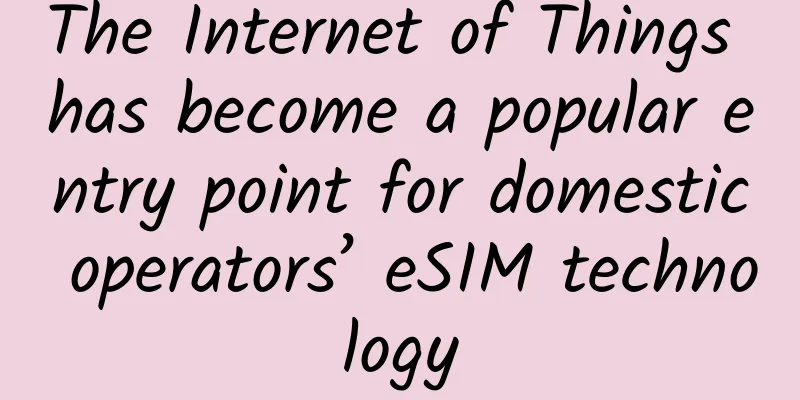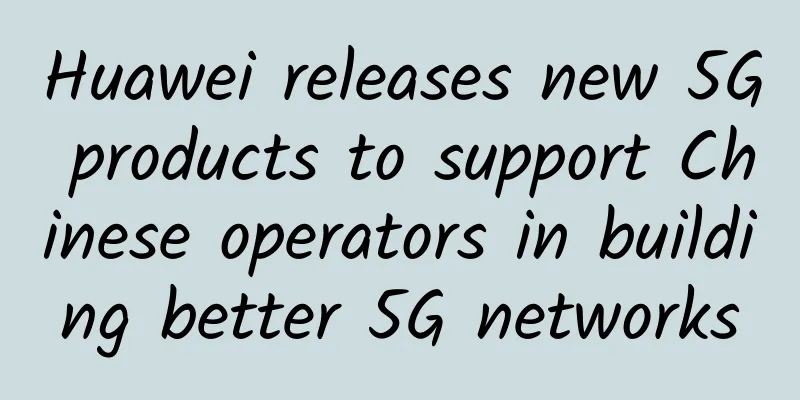The Internet of Things has become a popular entry point for domestic operators’ eSIM technology

|
Apple phones have promoted the development of SIM cards from large to small: large SIM cards, microSIM cards (small cards), and nano SIM cards (micro cards). As early as 2011, Apple applied for a virtual SIM card patent to the U.S. Patent and Trademark Office. However, eSIM is moving slowly towards commercialization. Operators have a large number of users through SIM cards. It can be said that SIM cards are a "barrier" for operators to defend their "territory". However, operators are unwilling to lose this territory. At present, major European operators have commercialized eSIM, while the progress in China is relatively slow. At present, the industry has always believed that the application of eSIM in the field of Internet of Things is a good entry point.
China Unicom: Getting Ahead As early as 2015, China Unicom formulated a strategy to develop consumer Internet of Things business based on eSIM and built an independently developed eSIM management platform; in early 2017, the eSIM platform was launched; in April 2017, the eSIM independent number service was launched. On March 7, 2018, China Unicom announced that it had officially launched the "eSIM One Number, Dual Terminals" service in six cities, including Shanghai, Tianjin, Guangzhou, Shenzhen, Zhengzhou and Changsha. On April 26, at the "China Unicom 2018 Partner Conference and Communications Information Terminal Trade Fair", China Unicom, together with Qualcomm, Alibaba, iFlytek and other industry partners, jointly initiated the establishment of the eSIM Industry Cooperation Alliance. At the same time, China Unicom will set aside two 10 billion yuan for terminal subsidies, specifically 10 billion yuan in electronic coupons + 10 billion yuan in futures; it will provide 12 billion yuan in financial resources for the channel supply chain, of which 2 billion yuan will be used for supply chain finance and 10 billion yuan will be used for consumer finance; for content traffic cooperation with Internet companies, China Unicom will set aside 6 billion GB of traffic promotion resources. It is understood that in the future, China Unicom will rely on the two major advantages of business and platform formed in the eSIM field for continuous development, and further focus on the four major levels of technology, platform, product, and service and carry out in-depth cooperation with the industrial chain. China Mobile: Launches China's first eSIM chip On May 25, 2018, China Mobile IoT officially launched the smart IoT China Mobile Inside plan and released the country's first eSIM chip, providing "chip + eSIM + connection service". Last month, China Mobile launched the smallest eSIM C2*2 with a size of 2mm*2mm and put it into trial commercial use. Previously, China Mobile has launched its self-developed 2G eSIM chip C216B and 2G+GPS eSIM C217G, which support OTA and OneNET connection, focusing on different market positioning. In addition, in 2018, China Mobile will also launch NB-IoT eSIM CN18S and 2G+NB-IoT eSIM chip CN18D, as well as 4G eSIM. On June 1, China Mobile announced that the "One Number, Two Terminals" service will be officially launched in seven cities, including Tianjin, Shanghai, Nanjing, Hangzhou, Guangzhou, Shenzhen, and Chengdu. Through the One Number, Two Terminals service, users can bind their mobile phones and wearable devices, share the same number, call charges, and data packages, and the same number will be presented to the outside world regardless of whether they are calling or called, allowing users to easily enjoy the freedom of "communication by raising their wrists". It is reported that currently only three eSIM version smart watches, HUAWEI WATCH 2 Pro/Porsche/2018, support China Mobile's one-number dual-terminal service in the first batch, and wearable devices from other brands such as Apple will also support it in the future. China Telecom: eSIM platform construction in the IoT field has been completed In 2016, China Telecom stated that it currently opposes mobile phone eSIM, and is actively following international and domestic standards, promoting the formulation of regulatory policies, and organizing security assessments. However, China Telecom supports IoT eSIM and released the IoT eSIM specification in 2016. The construction of the eSIM platform in the IoT field has also been completed. It was previously expected that wearable eSIM would be piloted in 2017, that watch-type wearable services would be piloted, and consumer electronics eSIM specifications would be developed. However, currently users can only apply for eSIM communication services at China Telecom’s mobile business halls: if users confirm that their device has eSIM capabilities and has been connected to the mobile device via Bluetooth, they can click "Activate Now" on the application page to select an independent number for the corresponding device to activate China Telecom's eSIM communication service. This service includes independent voice, SMS, and data packages. Of course, there are still some problems to be solved. The first is the interconnection between operators, such as how to unify the pre-installed certificates, who will control the connection between numbers and operators, and how to ensure information security during over-the-air downloads. |
>>: [Hotspot] ZTE was fined $1 billion but escaped death. Review of the whole ZTE incident
Recommend
What is the difference between the upcoming IPv6 and IPv4? This article will help you understand it clearly!
What is the difference between the upcoming IPv6 ...
Hostodo: $17.99/year KVM-1GB/12GB/4TB/Las Vegas
Hostodo is a foreign VPS hosting company founded ...
spinservers new VPS host 50% off, $7/month-2GB/20G SSD/1TB/San Jose data center
spinservers launched a new VPS host product this ...
Byte One Follow-up: Do you know the TCP/IP four-layer model? What protocols are there in each layer?
This article is reprinted from the WeChat public ...
Competition and Cooperation among the Three Major Industrial Internet Camps
"Short-term cooperation, long-term competiti...
Sangfor Launches SIP Falcon Edition: A Lightweight and Cost-Effective Full-Flow Threat Analysis System
In recent years, with the deepening of informatiz...
Let’s talk about the top ten challenges of 6G
[[427923]] This article is reprinted from the WeC...
Deep understanding of DNS tunnel communication in practical scenarios
Preface Recently, we conducted an in-depth analys...
NASA to launch laser communications relay demonstration mission this year
According to foreign media, NASA has a mission ca...
Illustrated explanation of the past and present of four IO models
Recently, I have come to believe that when explai...
From I/O multiplexing to Netty, we also need to cross the Java NIO package
[[389262]] In the previous article, we took a dee...
F5: How does edge computing change the digital banking experience?
[[408931]] A report jointly released by IDC and B...
5G industry virtual private networks are advancing with the times
5G breaks through the limitations of communicatio...
Is your phone stolen within minutes after you lose it? Teach you how to set the SIM card password
The Ministry of Industry and Information Technolo...
PacificRack: Unlimited KVM in Los Angeles starting at $1.50 a month or $15 a year
PacificRack has launched new products. The word &...









